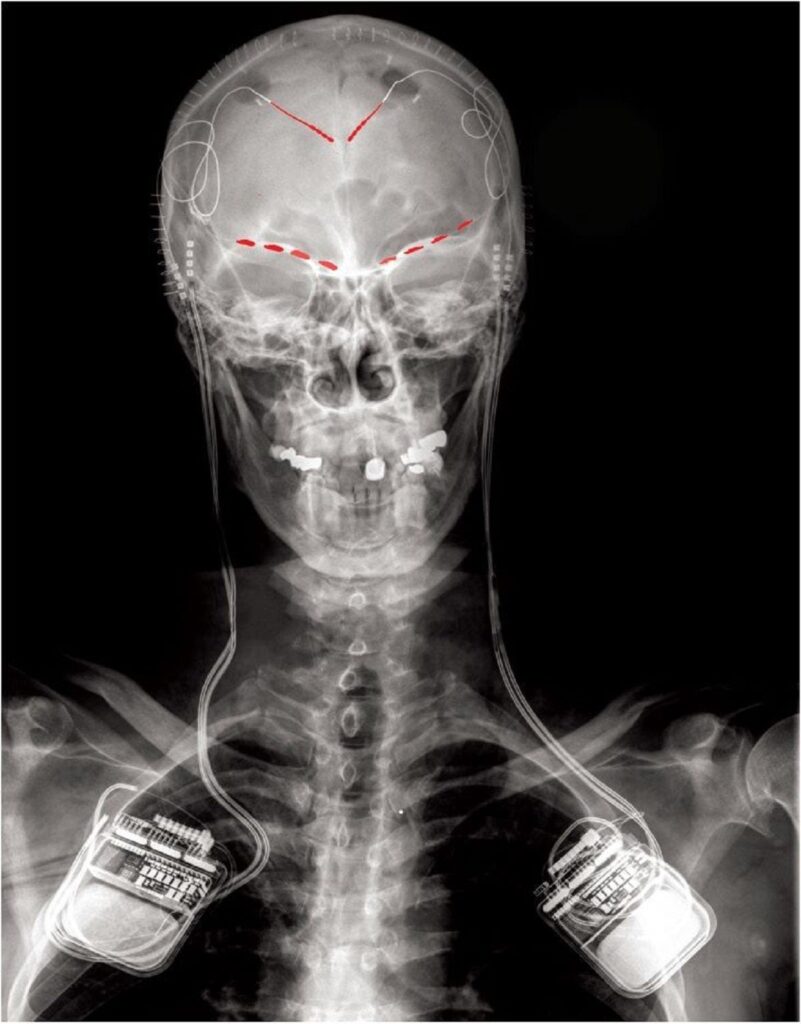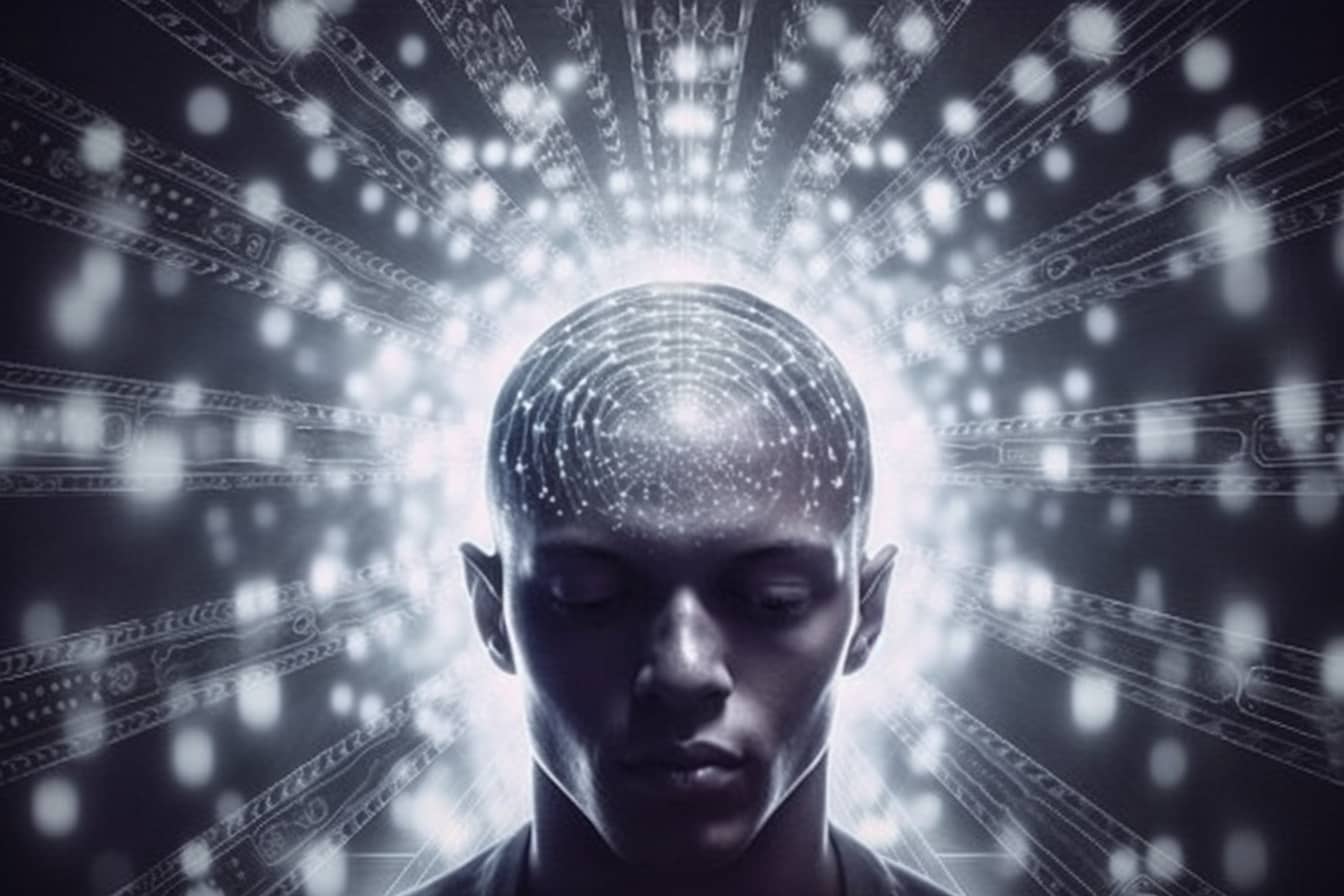Pain has many (too many) faces and changes from person to person. There are those who sit for hours getting their arm tattooed without flinching, and there are those who can't even bear the discomfort of a pin prick. The subjectivity of pain has always been an intricate puzzle for physicians, especially when dealing with patients suffering from chronic pain.
Today a group of neurologists took a significant step: they used signals from a person's brain to "see" and above all "predict" the intensity of the pain he was feeling and can feel. A small, very small study that has no precedent in the history of Man. The journal Nature Neuroscience published it, and I link it here.
I don't know if it's clear: there are concrete clues in brain waves that could objectively measure the intensity of pain, and the difference in intensity between chronic and acute pain.
The chronic pain observatory
The work is part of broader clinical research, which aims to develop personalized brain stimulation therapy to bring relief to hundreds of millions of people living with chronic pain.
A condition equal, if not superior, to that of other common diseases such as diabetes, depression and hypertension.

A systematic review
To conduct the study, researchers led by Prasad Shirvalkar, a neurologist at the Pacific Neuroscience Institute in California, involved four people with long-term, uncontrollable pain. Three of them were recovering from strokes, one suffered from phantom limb syndrome.
These patients, it must be emphasized, had exhausted all therapeutic options and for them brain surgery was the last resort.
Each of them (just 4 patients in total) underwent deep brain stimulation, a medical procedure that works like a pacemaker for the brain. The medical team implanted electrodes in specific areas to detect and record the electrical activity of two brain regions associated with chronic or acute pain: the anterior cingulate cortex and the orbitofrontal cortex.
A “painful” map
In the six months following the intervention, participants answered surveys about the severity and quality of their acute or chronic pain.
Soon after, they pressed a remote control and literally used the implanted electrodes to take an instant “picture” of their brain activity. A computer then used the recordings and survey responses to create rating models. In short, to assign a pain severity score for each patient.
Chronic and acute pain: seeing is believing
The researchers found that the recorded brain activity differed between chronic and acute pain. Signs of chronic pain were most strongly associated with changes in the behavior of neurons in the orbitofrontal cortex.
On the other hand, the anterior cingulate cortex, well known for its role in the perception and processing of pain throughout the body, was found to be more associated with acute pain.
This essentially confirms that chronic pain is not a longer-lasting version of acute pain: it follows entirely different circuits.

Next steps
Understanding the neurological differences between different types of pain could pave the way for personalized brain stimulation therapies for the most severe forms of pain. Therapies that could help manage the most difficult cases of chronic pain, particularly those due to stroke or traumatic brain injury.
Caution is clearly needed. The study was conducted on a very small sample, only 4 individuals. The study authors plan to increase the number of participants to 6 in the next trial, and then expand it to 20 or 30 patients in a later phase.
Why so few? Because a brain implant needs to be done, and it's not a joke: these are procedures and devices that involve risks, it must be said clearly.
In the future, non-invasive technologies such as electroencephalography and functional magnetic resonance imaging, or other technologies, will allow the use of wearable devices capable of monitoring brain waves. As in Harry Potter we will wear a hat that will "tell us" what we are feeling.
Magic? Nope. Research.


